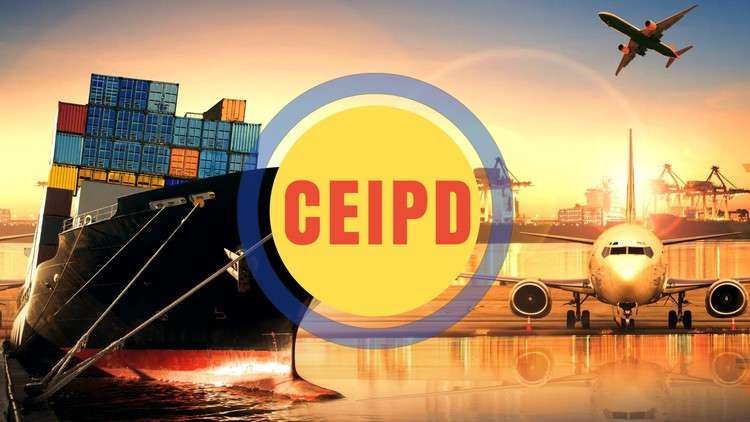
Adapted to Indian International Trade
What you will learn
Participants enrolled in our course will learn the procedures and documentation required for exporting and importing goods.
They will gain a deep understanding of export and import policies, including objectives, controls, and regulations.
Participants will comprehend the role of export promotion organizations, such as export promotion councils, and their key functions.
They will be able to differentiate between incoterms and understand their significance in international trade.
Participants will understand different payment methods, such as letters of credit, and their use in the export-import process.
They will learn to navigate trade barriers such as customs duties, quantitative and qualitative restrictions, and trade protection measures.
Participants will grasp the key principles of documentation required in international trade, such as bills of lading, certificates of origin, and commercial inv
Participants will also learn concepts related to special economic zones (SEZs) and the advantages they offer to businesses involved in international trade.
They will develop a comprehensive understanding of international business practices and regulations related to exports and imports.
Description
The assessment is focused on Export Import Procedures & Documentation. It consists of six exercises, each containing multiple-choice questions related to various aspects of export and import processes, as well as relevant documentation. The exercises cover topics such as market development assistance, export promotion councils, EXIM policy, import-export departments in India, incoterms, letters of credit, trade barriers, customs duties, foreign trade agreements, and more.
Exercise 1: This exercise includes questions about market development assistance, the functions of export promotion councils, EXIM policy, control measures, import-export department heads in India, and the first EXIM policy definition.
Exercise 2: The questions in this exercise cover the purpose of various documents such as bills of lading, certificates of origin, incoterms, proforma invoices, letters of credit, trade barriers, and harmonized system codes.
Exercise 3: In this exercise, you will find questions related to customs duties, the apex body of foreign trade, bill of lading issuers, CCIE definition, foreign exchange regulation acts, import objectives, and trade balance.
Exercise 4: The questions in this exercise focus on payment methods in cash in advance and documentary collections, documents used in documentary collections, incoterms, certificates of origin, freight forwarders’ roles, and trade barriers.
Exercise 5: This exercise covers topics such as customs duty paid for import of capital goods, the apex body of foreign trade, bill of lading issuers, CCIE definition, foreign exchange regulation acts, import objectives, trade balance, incoterms, and certificates of origin.
Exercise 6: The final exercise includes questions on various topics such as the purpose of a bill of lading in export-import procedures, the role of customs, the significance of incoterms in international trade, certificates of origin, freight forwarders’ roles, and trade barriers.
The assessment aims to test your knowledge and understanding of export-import procedures and documentation. By answering the multiple-choice questions correctly, you can demonstrate your proficiency in these areas. It is important to review the relevant concepts and information before attempting the assessment to ensure accurate and informed responses.
Note: The above description provides an overview of the assessment content but does not include the actual questions. Please refer to the individual exercises for the complete set of questions.
Content